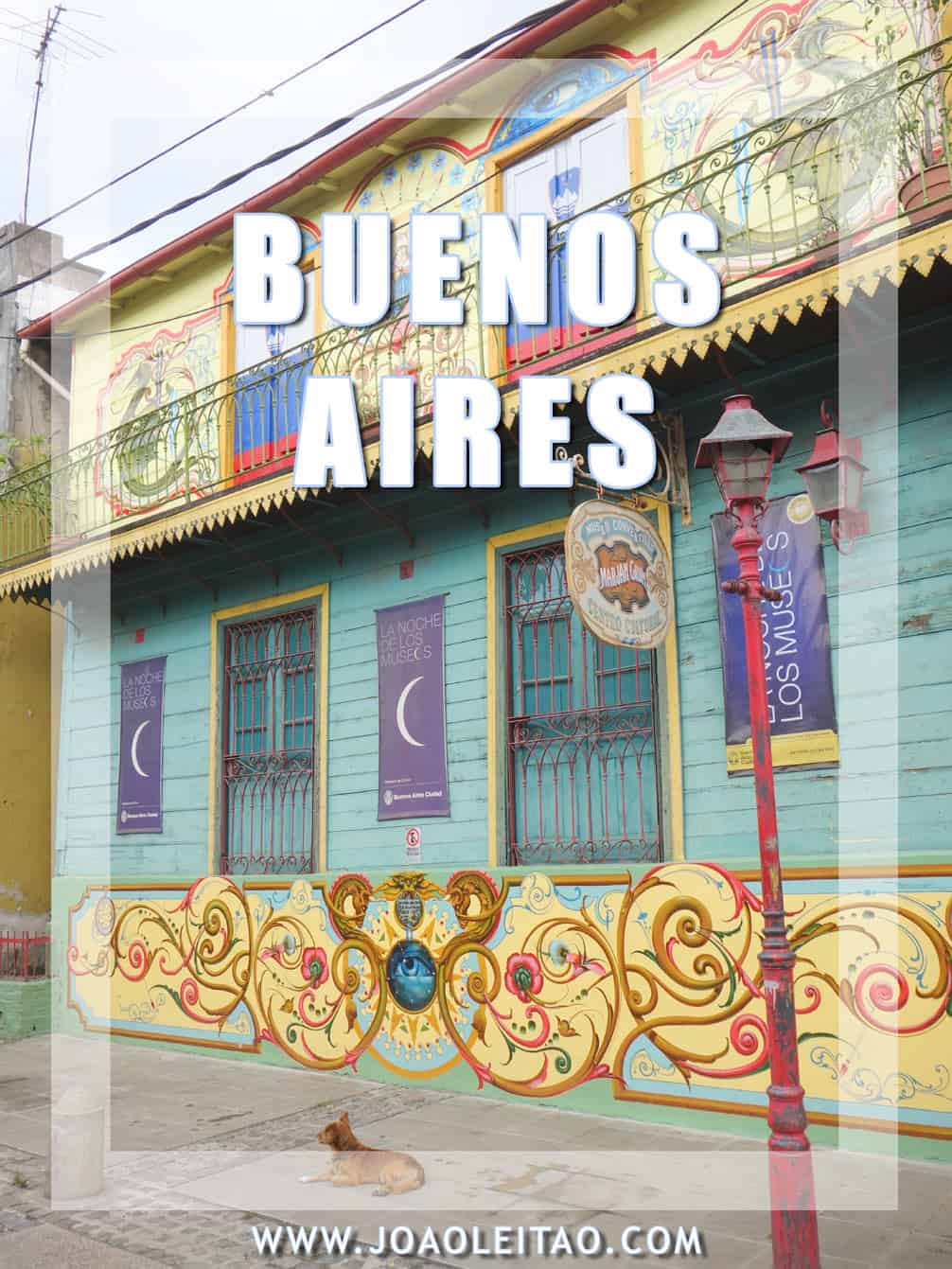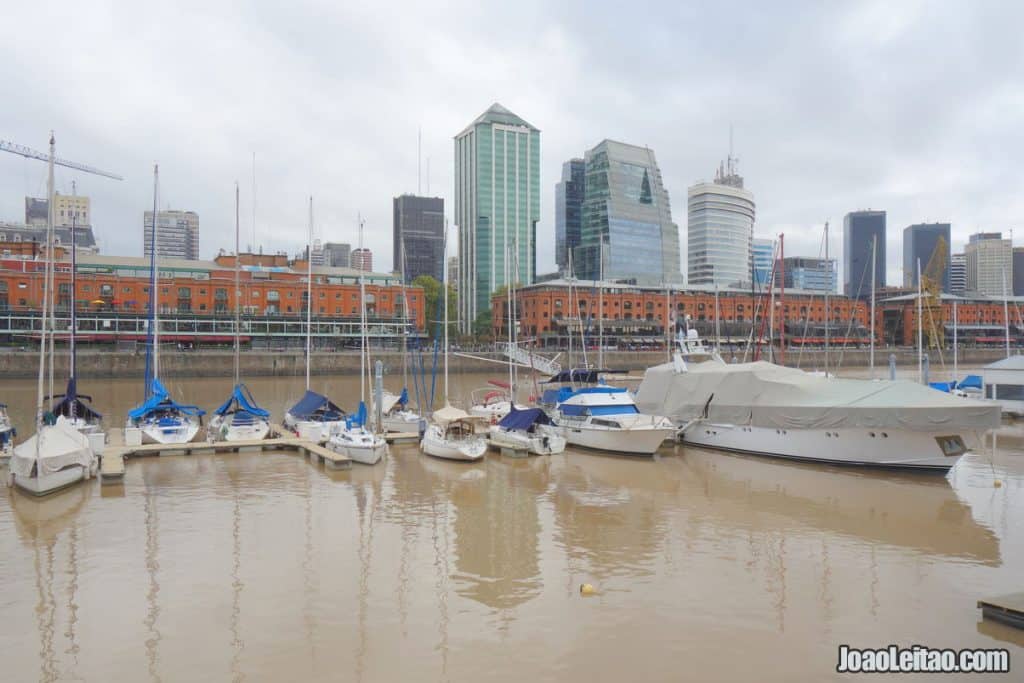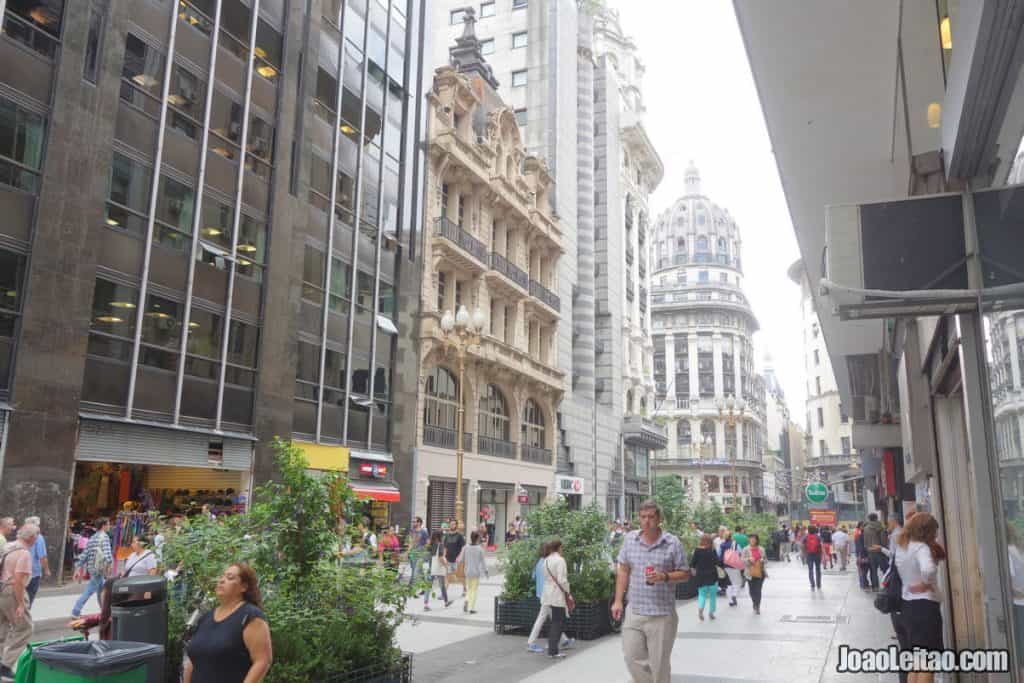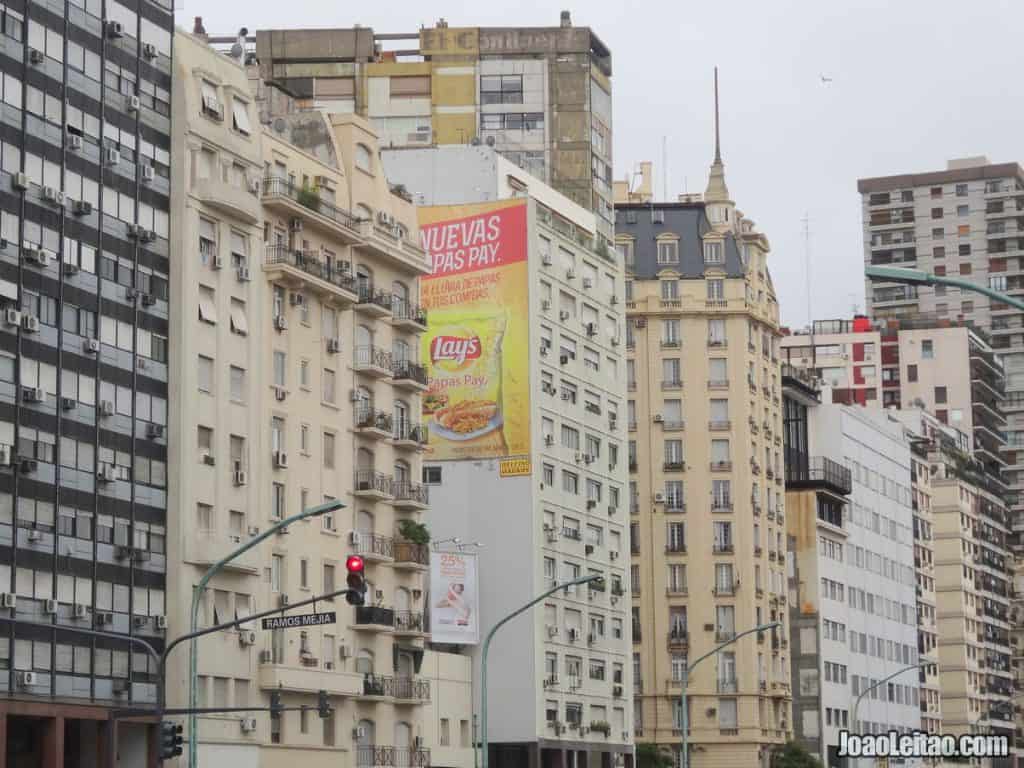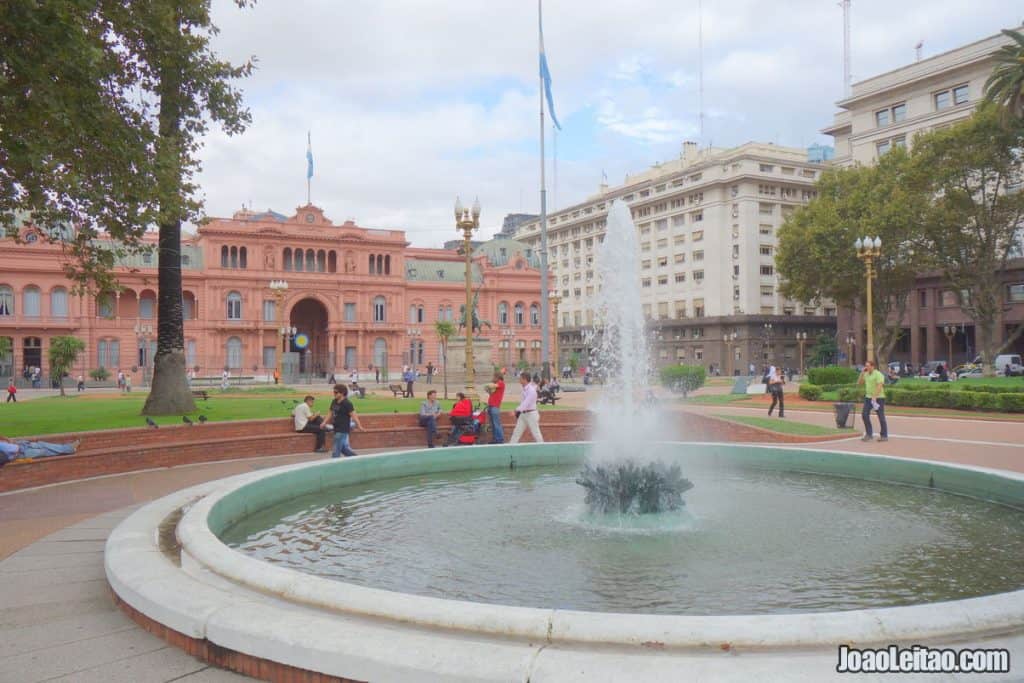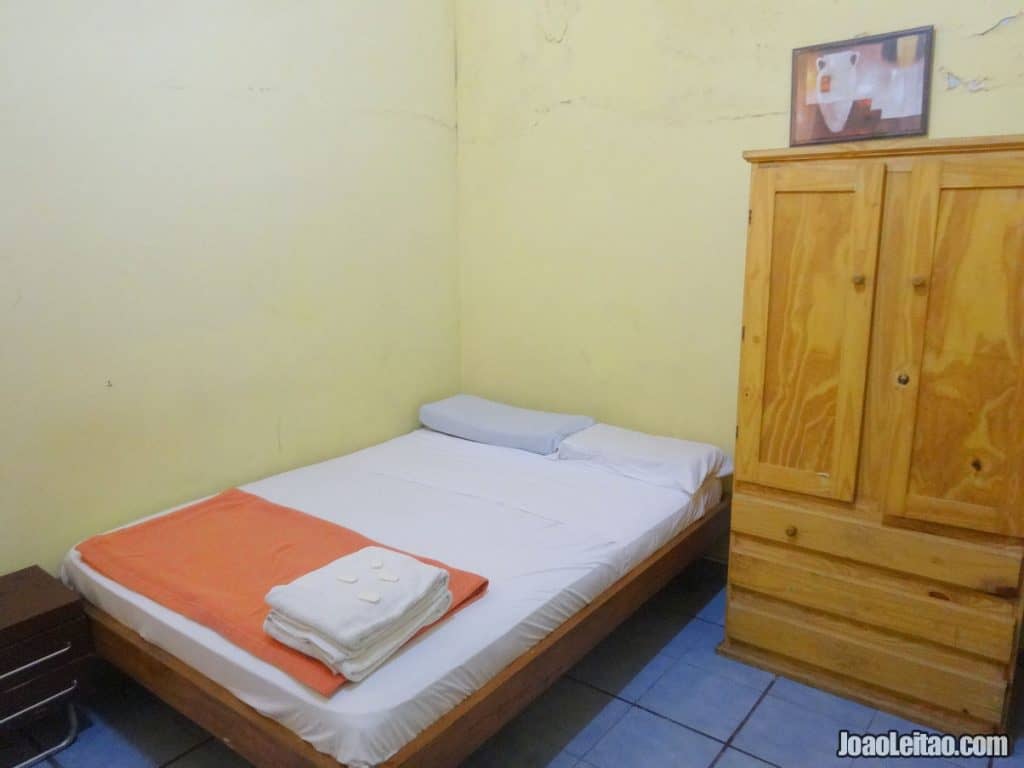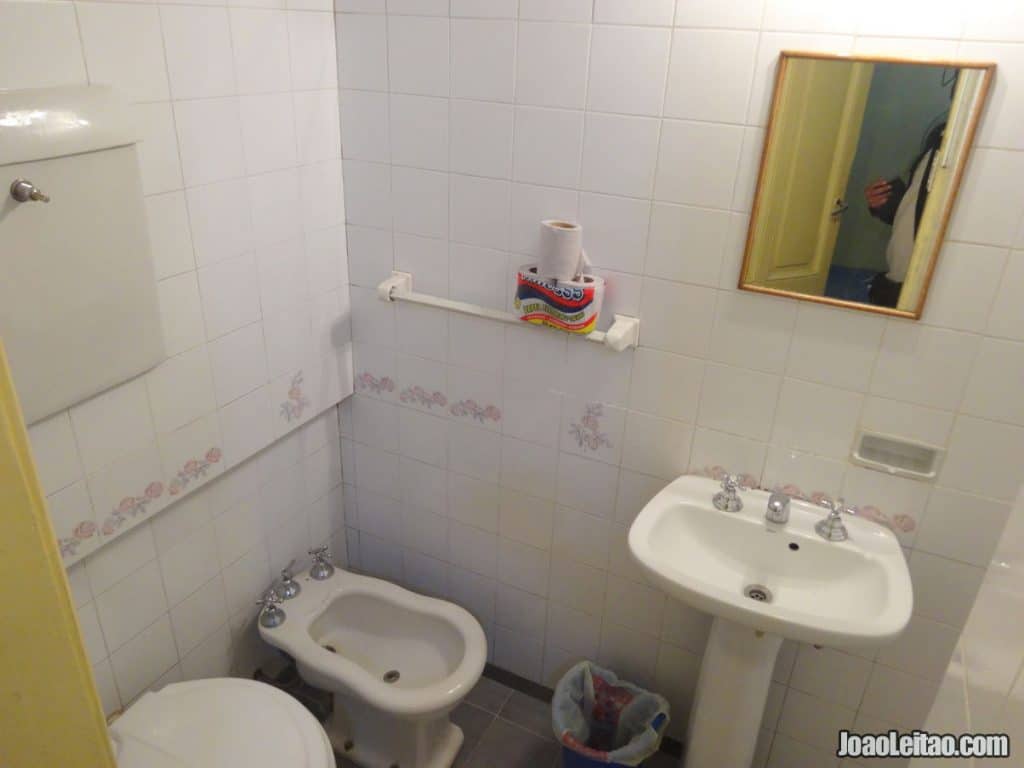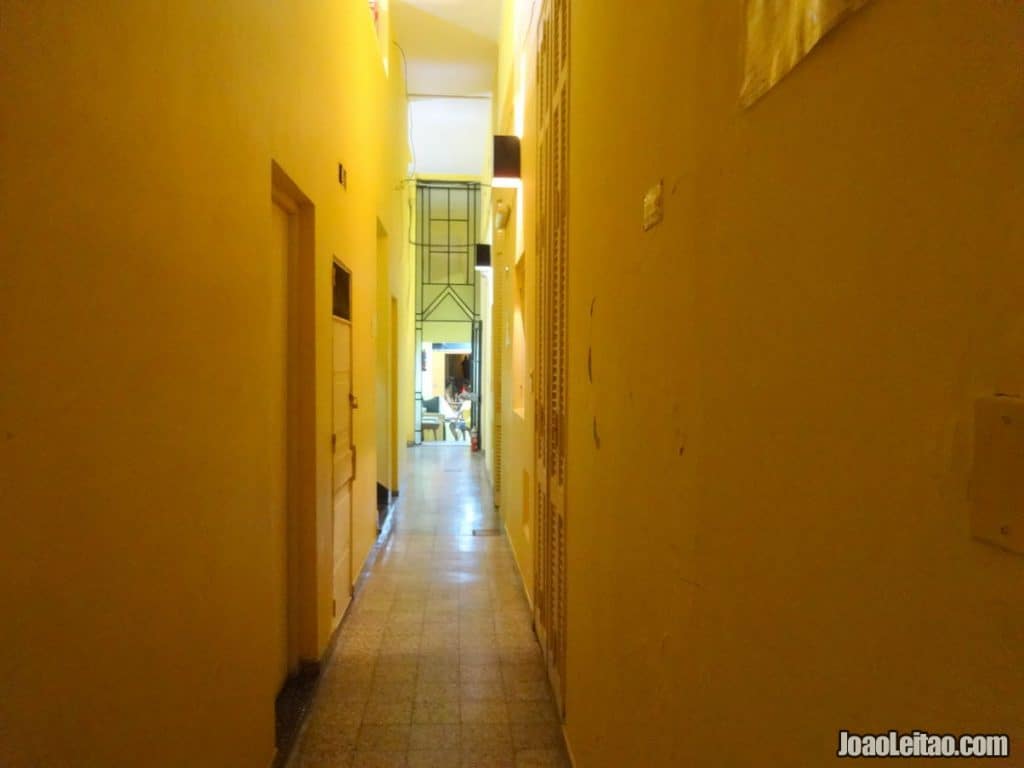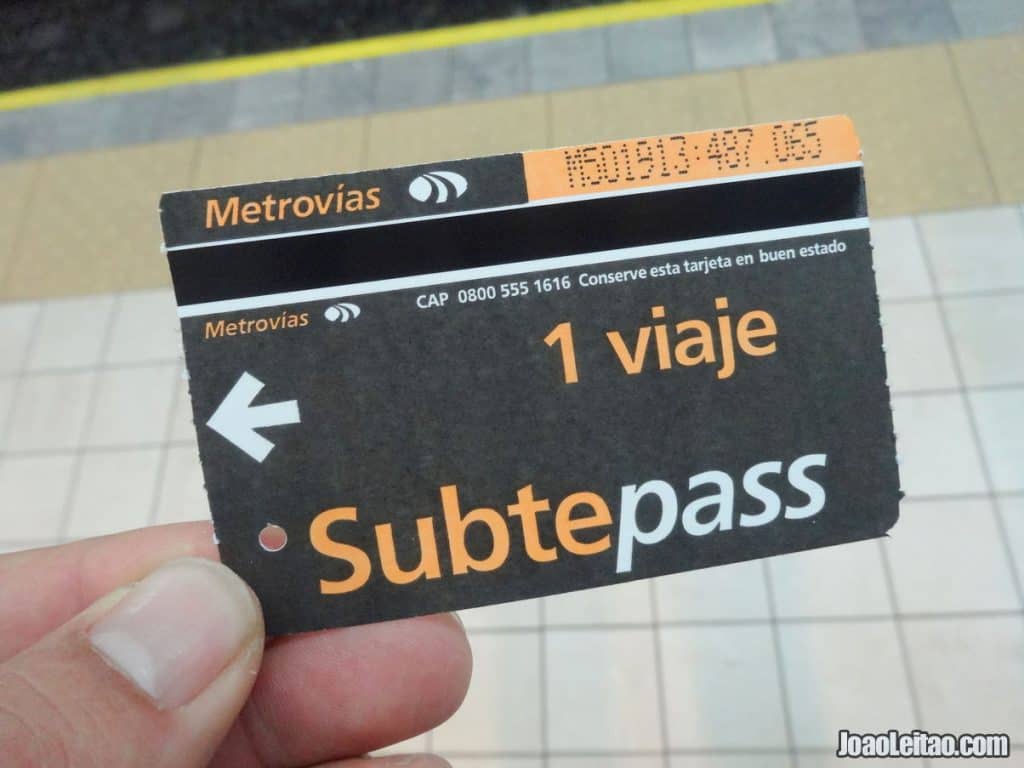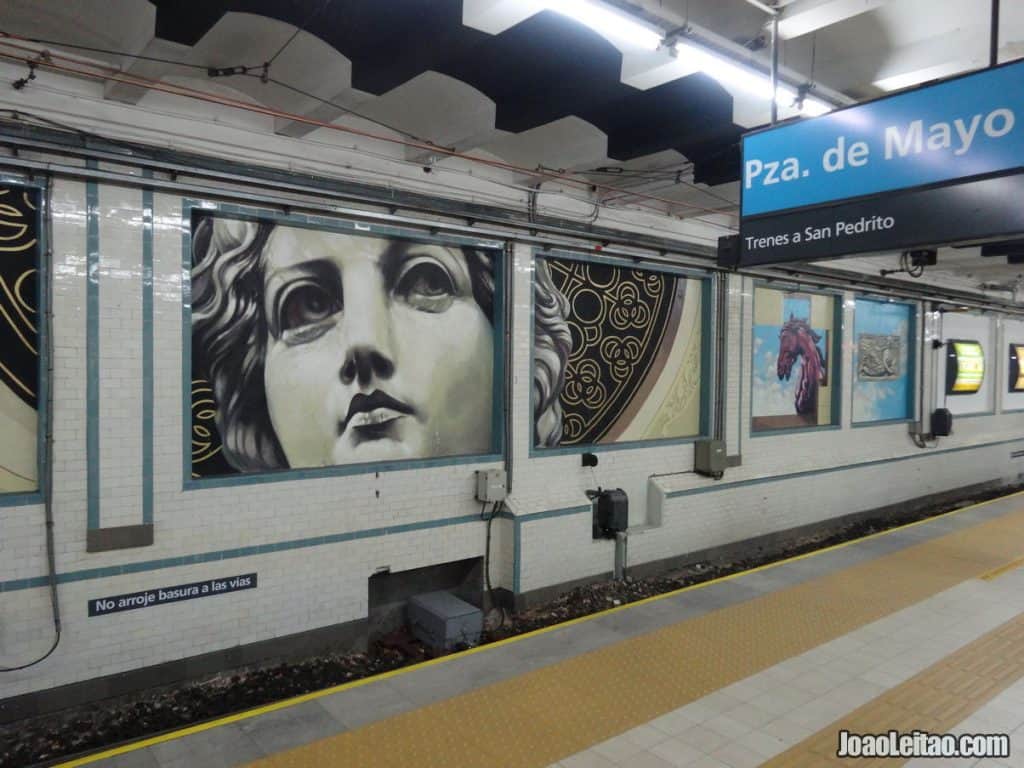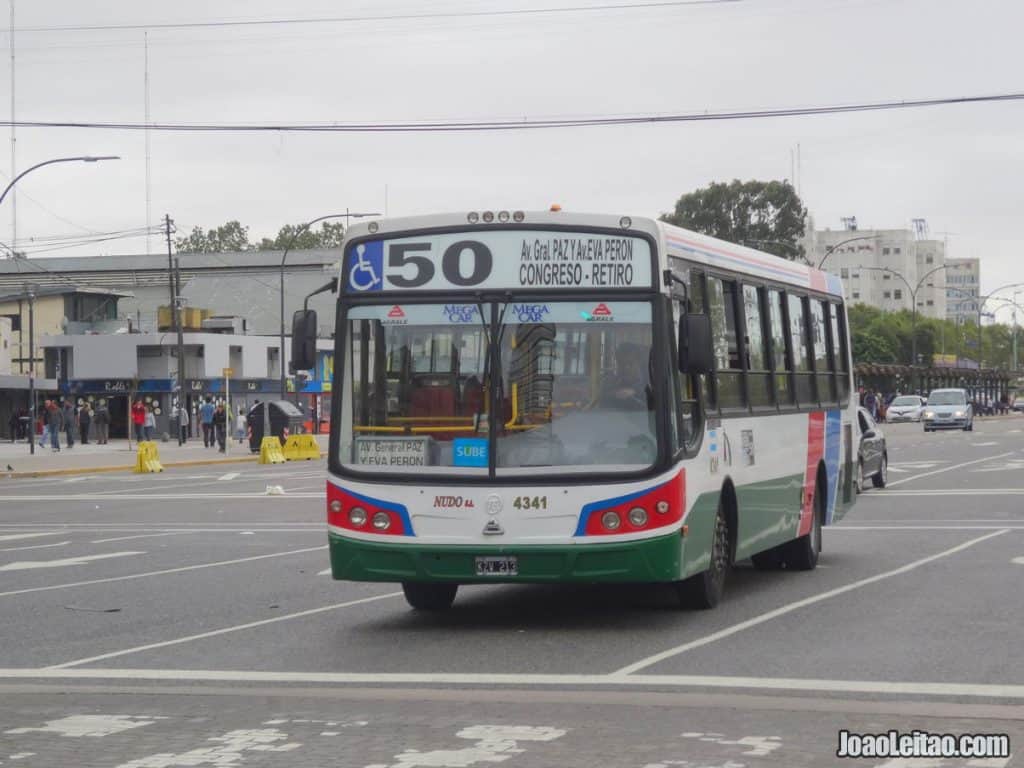Table of Contents
Visit Buenos Aires
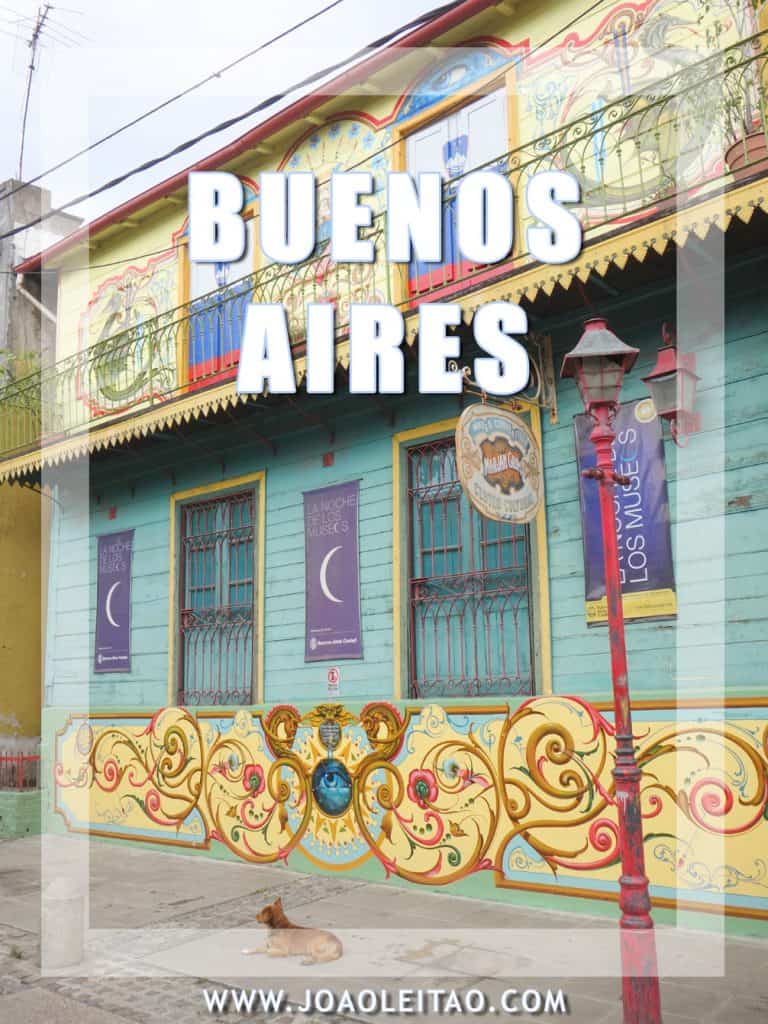
The capital of Argentina is a vast city that stretches for dozens of kilometers. But its historical center, where the most characteristic points of interest are located, is relatively small. It’s not so compact that you can walk everywhere, but quite accessible from the many neighborhoods around it.
Buenos Aires is a kind of European city of South America. Its grand avenues, its palaces and theaters, the cosmopolitan areas, the cultural dynamics. All this can lead the traveler to think for a moment that he is in Europe. But the truth is that it’s in Argentina, the only place where you can experience tango in the streets, in bars, all over the place.
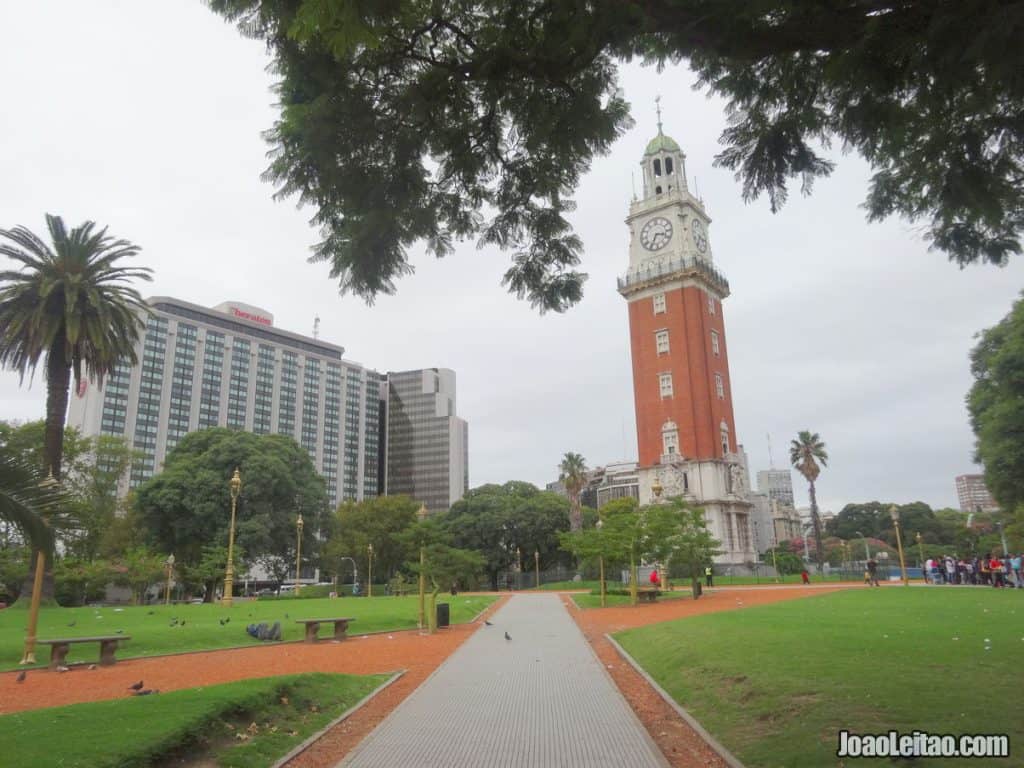
Some of the must-see areas in Buenos Aires include La Boca, lively and fun, with colorful houses and many tourists.
San Telmo, with a classic atmosphere, many houses from the colonial days, an area that oozes history and where one gets easily lost – in a good way – in the cobblestone streets.
Recoleto, one of the fanciest districts in the city, where you’ll find the best restaurants, parks and the famous Recoleta Cemetery.
Retiro where the train station is, frantic with many cafes and a lifestyle appreciated by foreign residents. And these are just a few of the places you can visit.
Visit Buenos Aires
Buenos Aires top tourist attractions and monuments
1. La Boca Neighborhood
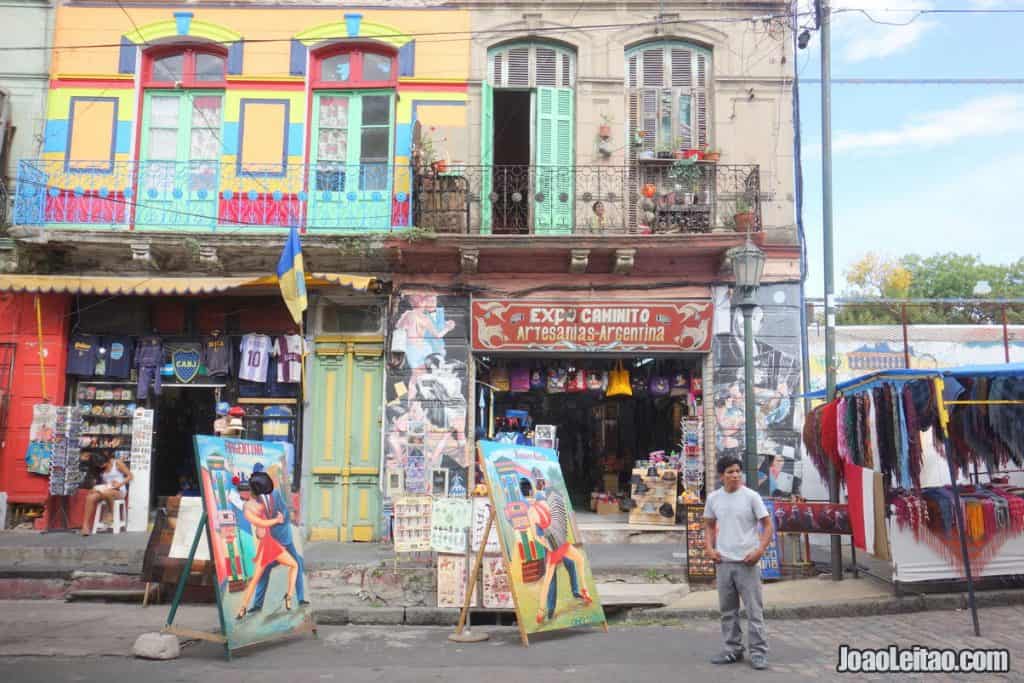
La Boca is one of the most picturesque neighborhoods in the Argentinian capital city, keeping the European vibe it inherited from its first inhabitants who came from Genova in Italy.
La Boca is all we imagine Argentina to be: with streets full of color, lined by ancient houses and tango clubs, and of course soccer, thanks to Boca Juniors, one of the two main soccer teams in the country.
Keep in mind that the tourist areas, where the La Ribera theater and the famous El Camiñito street area are located, cover about a block. The rest of the neighborhood is impoverished and with some criminal activity.
2. Casa Rosada (Pink House)
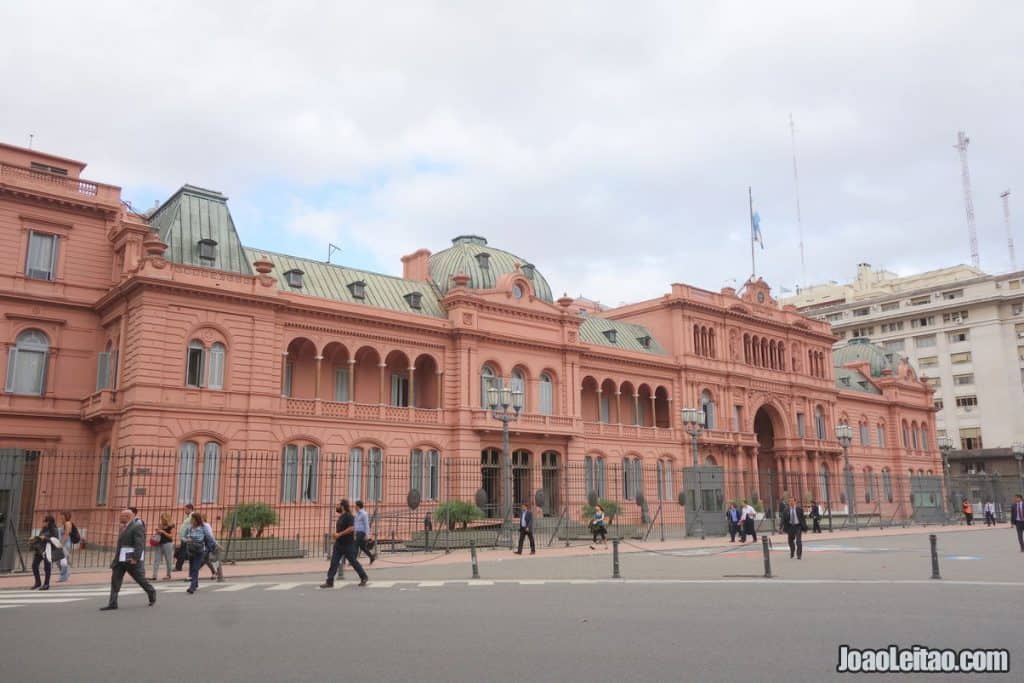
It’s officially known as the House of Government, and it’s the official residence and palace of the President of Argentina, although the only president who’s actually lived here was Roque Sáenz Peña between 1910 and 1914. It was built in 1873, at Plaza de Mayo, designed by Swedish architect Carl Kihlberg in a Second Empire style to serve as a central post office.
It’s said that the color of the palace is dedicated to the efforts of political harmony led by president Sarmiento (1868-1874), mixing the color of the Federalists (red) with the color of the Unionists (white). A more practical explanation is that late 19th-century trend of mixing the blood of bovines with white paint.
The building is historically relevant because it was from its balconies that Juan and Evita Péron addressed the people in 1950. There are free tours of the palace, but you must book in advance.
3. Plaza Dorrego (Dorrego Square)
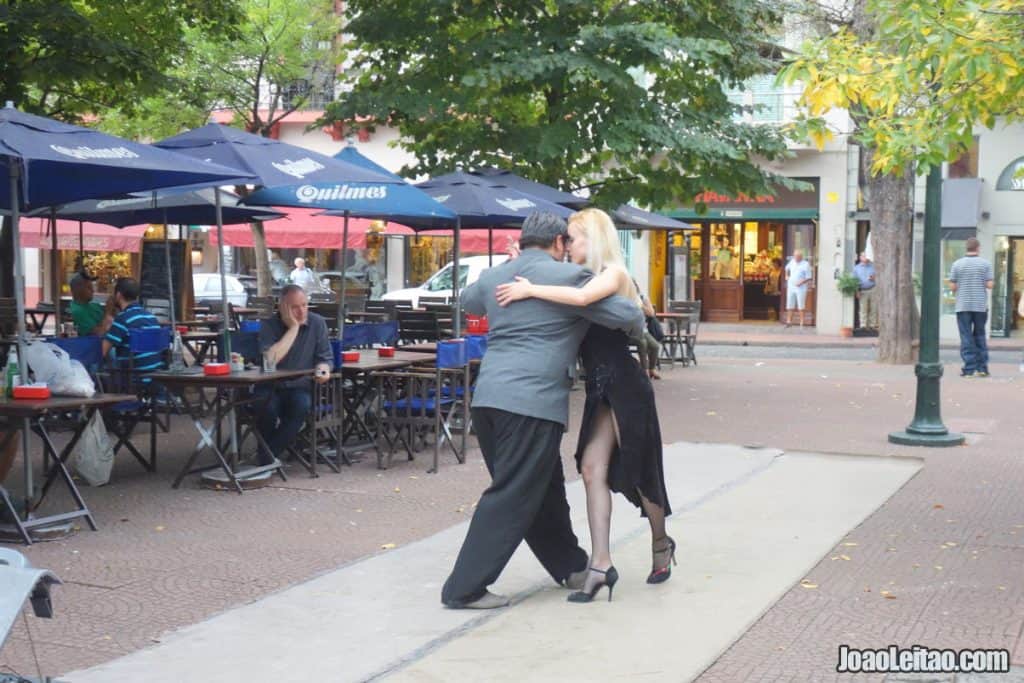
This square is one of the social gathering places of the Argentinian capital city. It was created in the 18th century as a sort of parking lot for carts carrying produce from nearby farms to supply the city.
At the beginning of the 19th century, the space was turned into a square, but the buildings you can now see there mostly date from the 1930s. At that time, Plaza Dorrego was one of the happiest places in Buenos Aires, the place everyone went to dance, eat, and drink. And it still is today.
The best time to visit is Sunday for the Feria de San Telmo, a market that’s been happening here since the 1970s. It used to be a market for used goods, but now it sells a bit of everything. There are also live music performances and local folklore dancing.
4. Palacio Barolo (Barolo Palace)
One of Buenos Aires’ iconic buildings, at the famous Avenida de Mayo, designed by architect Mario Palanti and built between 1919 and 1923. The Palacio Barolo (Barolo Palace) was commissioned by Luis Barolo, an Italian who moved to Argentina in 1890 and who became a rich textile industrialist.
The design is inspired by Dante’s “Divine Comedy.” It’s said that the lighthouse at the top of the palace was put there so that travelers coming into the city by boat could see it from the sea, and that the Pillars of Hercules in Montevideo inspired it.
The Palacio Salvo (Salvo Palace) at the Uruguayan capital city is similar to the Barolo Palace, with the same eclectic mix of Art Nouveau, Art Deco, and Gothic styles and a similar lighthouse. When the building was completed, in 1923, it was the tallest building in all South America, 100 meters high and with 22 floors.
5. Calle Florida (Florida Street)
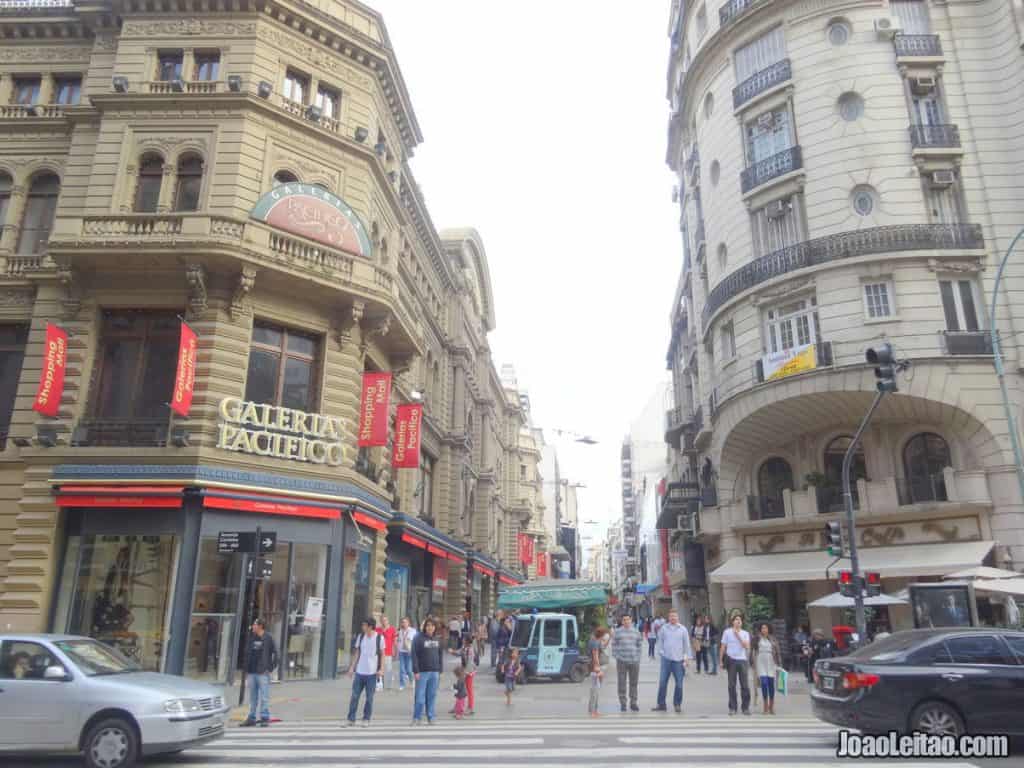
This street in Buenos Aires is shoppers’ heaven, where you’ll find the best stores in the Argentinian capital. No cars are allowed here since 1971 and people can walk around carefree.
Street artists appear when night falls and turn Calle Florida (Florida Street) in one of the biggest tourist attractions in Buenos Aires.
The city’s historical roots date back to 1580 when there was a sort of a trail there, and it was named San José in 1734. Since then it never stopped changing and growing, had different names, and was the setting for many of Argentina’s historical moments.
For example, this was the place where the national anthem was played and sung for the first time. It’s still the most expensive street in Buenos Aires, despite the weakening of the street’s commercial activity, stressed by the 1990s economic recession from which it never truly recovered (when Argentinians were able to shop more again, they favorited shopping malls).
6. Plaza del Congreso (Congressional Plaza or Congress Square)
Plaza del Congreso (Congress Square) was built in 1910, destroying several blocks, a market, a circus, and a cereal mill in the process. Here you’ll find a landmark that marks the Kilometer Zero of Argentina’s road network.
The square was named because of the Argentinian Congress building that already existed at the same location. It’s had the current shape and area since 1913 after the subway of Buenos Aires was built.
Plaza del Congreso covers 3 hectares and has two more squares nearby, that you practically can’t tell apart: Plaza Mariano Moreno and Plaza Lorea.
The main attraction of the square is the Monument of the Two Congresses, designed by Belgian Jules Lagae in 1914 that pays tribute to the Declaration of Independence of 1816.
7. Teatro Colón (Colón Theater)
Teatro Colón (Colón Theater) is one of the most important opera houses with the best acoustics in the world. The first Teatro Colón existed from 1857 to 1888, but the grand building we see here today in Buenos Aires was built between 1889 and 1908 and designed by Francesco Tamburini in an Eclectic style.
Teatro Colón seats 2,487 people and has standing room for 1,000 more. For the inaugural season, they chose to perform Aida, Hamlet, and 17 more plays. Until 1925, the main stars in Colón were mostly one-time contracts from abroad but from that year on, the theater started having their own in-house artists. Recently, in 2010, the Teatro Colón went under extensive renovation work and is now active again.
8. Cementerio de La Recoleta (La Recoleta Cemetery)
It’s not surprising that Lonely Planet rates this place as the top attraction in Buenos Aires. It’s one of the most impressive cemeteries in the world, a place that you can visit for hours, admiring the artistic style of the graves and tombs.
The cemetery was established in 1822, and today it covers an area of 5.5 hectares with 4,691 tombs, 94 of them classified as National Monuments.
Even if you’re not familiar with Argentina’s history and major public figures, you’ll recognize the name Evita Péron, one of the important people buried here. At the moment, it’s free to visit, but they’re thinking of charging admission in the future (about 5 Euros).
9. Plaza de Mayo (May Square)
Plaza de Mayo (May Square) is the most important square in Buenos Aires and Argentina. Surrounded by equally iconic buildings, like the Casa Rosada (Pink House), Cabildo, and the Buenos Aires Metropolitan Cathedral, this is the place where most protests happen and where the people of Buenos Aires gather for big events.
The Pirámide de Mayo (May Pyramid) is in the center of the square, an impressive obelisk built to honor the 100 years of Argentina’s independence. In fact, the movement that led to independence ended here at the then called Plaza de la Victoria (Victory Square).
Every Tuesday, the “Madres de la Plaza de Mayo,” an association of mothers who lost their children during the dictatorship (1976-1983), organize parades to support different social causes at 3:30 pm.
10. Buenos Aires Metropolitan Cathedral
The Cathedral, near Plaza de Mayo in the center of Buenos Aires, was built in different stages and officially completed in 1827. It was built where once was the first church of Buenos Aires. The main wing was built in the 18th century, in Baroque style and a Rococo style altar.
The austere façade, however, was built in Neoclassical style, without towers, and completed in the 19th century. Inside there’s a small paid museum dedicated to the temple’s history and the mausoleum of General José de San Martín, Argentinian’s dearest hero responsible for the country’s independence.
Another prominent Argentinian has a connection to this cathedral: Pope Francis, who lived in the city and who celebrated Mass here for 20 years.
Tours in Buenos Aires
Practical Information To Visit Buenos Aires
Coolest Neighborhoods in Buenos Aires
- Almagro
- Barracas
- Caballito
- La Boca
- Puerto Madero
- Palermo Soho & Palermo Hollywood
- Recoleta
- San Telmo
- Villa Crespo
When to go to Buenos Aires
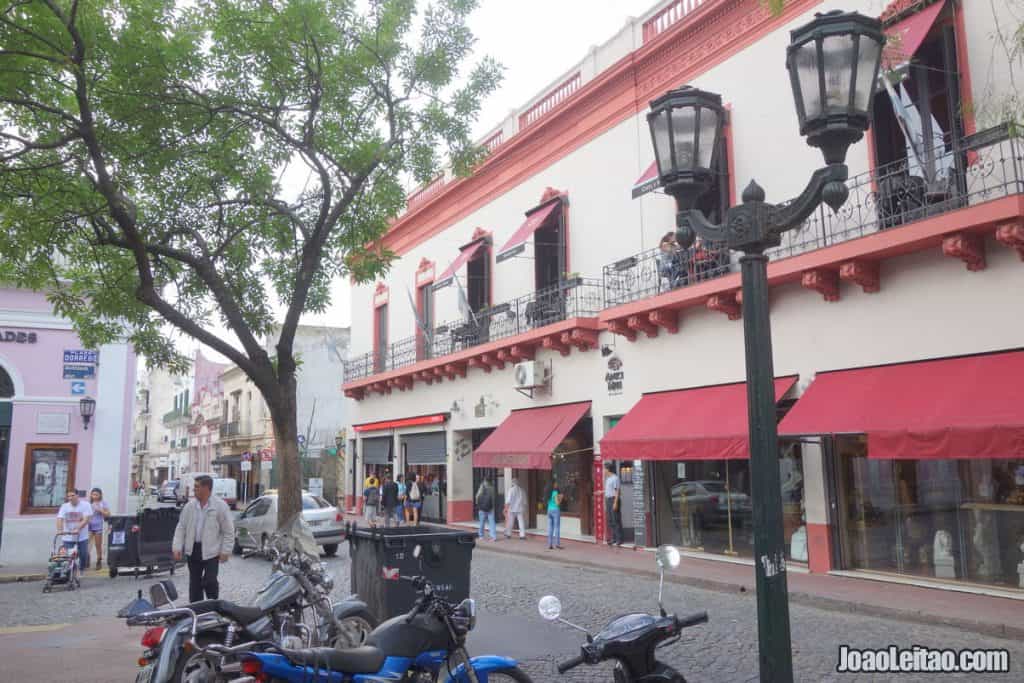
You can visit Buenos Aires every time of the year, as the city enjoys a very pleasant climate with just a cold snap between mid-June and the end of August. During my trip in April, it was rainy and cloudy, but temperatures exceeded 25 degrees Celsius.
How long to stay in Buenos Aires
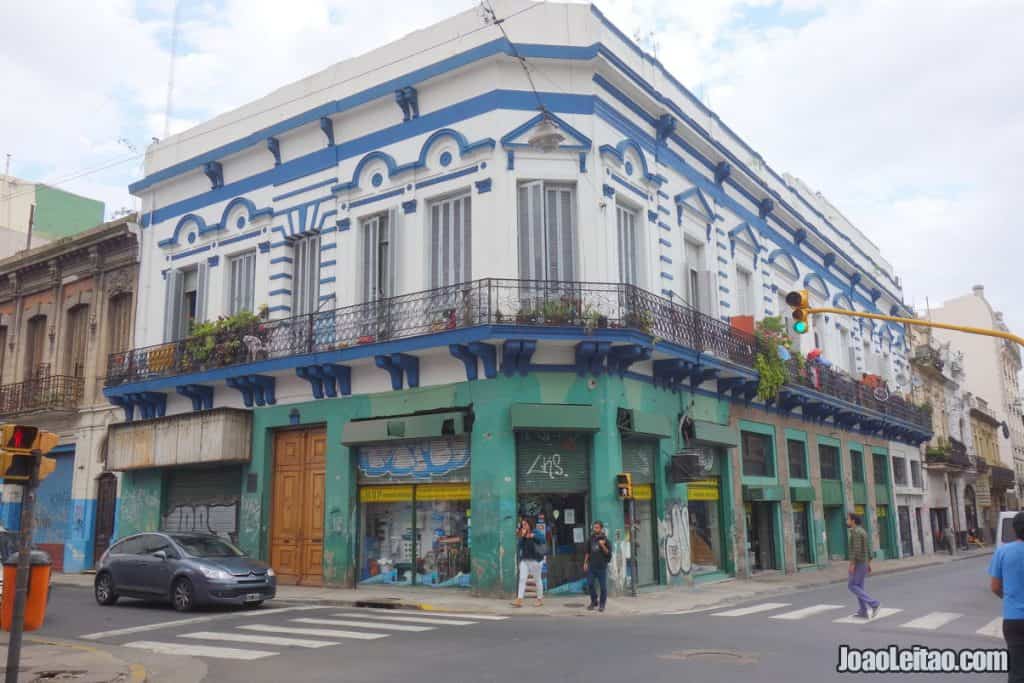
Some people say that you need one week to fully understand this huge city.
I stayed 3 days and 4 nights in Buenos Aires. This allowed me to enjoy the city and its atmosphere without having to rush or miss the most important touristic attractions and famous neighborhoods.
If you have one more day, spend it by visiting Colonia del Sacramento in Uruguay. To get there, just take the ferry “Colonia Express”. The crossing takes about one hour.
Ferry Colonia Express official website
Where to sleep in Buenos Aires
Hotels are not cheap in Buenos Aires but it is still possible to get some budget options if you don’t stay in the city center. There are many apartments in very well located areas of Buenos Aires.
How to move around Buenos Aires
Buenos Aires is a big city with a very good metro and bus network. Buy a SUBE or a SUBTE card when you arrive at the airport or in a kiosk. The card costs 25 ARS. Then simply recharge it using the terminals located around the subways. The same card can be used by several people.

